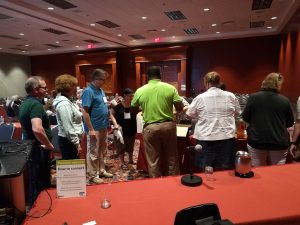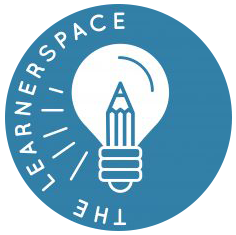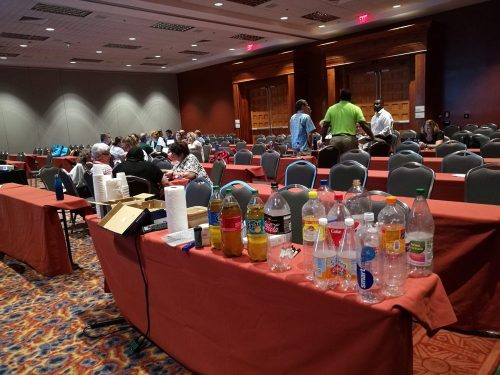Learnerspaces and Makerspaces: Design Learning as the backbone of the School of the Future.
Makerspaces have become ubiquitous in schools, with the well intentioned goal of fostering a mindset of creativity and innovation in students through design and making. The ageless old truism that students learn best by doing is coming alive again in an increasing number of schools that are investing time, energy and resources into outfitting spaces for design and creativity. Painstaking efforts are channeled into finding precious curricular room for design as an embodiment of the innovator’s paradigm.
As laudable and positive as these initiatives are, in that they foster a much needed entrepreneurial mindset in students that will have to make decisions on their own in a world that irreversibly has become an open and at the same tantalizing playground of infinite opportunities, in most cases the emphasis on design as a process is overshadowing that the foundations of creativity and innovation need to be anchored in lifelong learning. Unless it is strongly underpinned by a learning component, the maker movement will become one more passing fad in the ever so ephemeral world of educational trends.
In effect, design can become a valid paradigm for the backbone of the school of the future only when it, does, indeed, constitute a catalyst for lifelong learning, the acquisition of skills and, much more importantly, the motivation for lifelong learning, the ultimate goal of schools for now and the future.
The proposed Design Learning process adds to the design paradigm by means of supporting the creativity and innovation process through curriculum instances that explicitly foster the development of skills for enquiry and lifelong learning, as well as by a suggested step by step protocol that integrates the learning and design process towards the creation of products that solve a real life need in the context of the classroom.
Workshop/Talk Structure
Participants will experience the Design Learning process, as a way to explore how design and learning can be successfully integrated in the classroom setting. This tech intensive BYOD presentation also immerses participants in a pedagogical setting that embodies many of the drivers of the new learning paradigm, thus allowing them also to reflect on the effectiveness and possibilities of a 21st Century learning environment.
The workshop comprises:
|
Through a case study, participants will engage in a tech enriched design process example and walk through each of the step in the protocol, thus experiencing themselves this new pedagogical paradigm, followed by a reflection on the possibilities and possible adaptations of this model to their own classroom realities.
There are two alternatives for the presentation:
- Talk: In this case, participants will be walked through contents and led into reviewing an application example for the Design Learning protocol.
- Workshop: Within a workshop format, participants will actually engage in an abbreviated solution of a real-life design problem through the Design Learning protocol. All activities will be recorded on an online multiuser blog, so that participants can later refer to it, both as a reference set of materials to take to their own schools or districts, and also serving as a platform for a professional learning community where workshop attendees can continue an ongoing dialogue and learning process.


